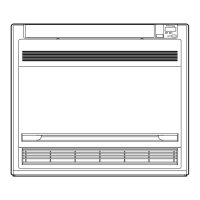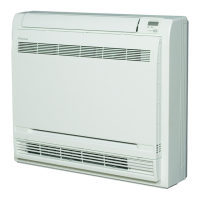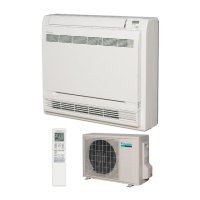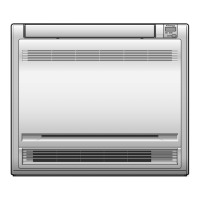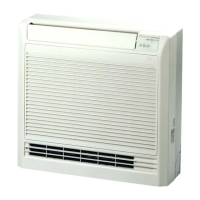How to fix Daikin Air Conditioner ON/OFF TIMER that does not operate according to the settings?
- MMelissa ClaytonAug 3, 2025
If the ON/OFF TIMER on your Daikin Air Conditioner isn't working as expected, try changing or disabling the settings in the WEEKLY TIMER.



